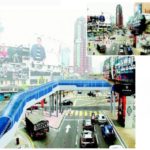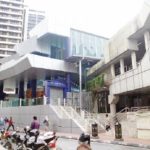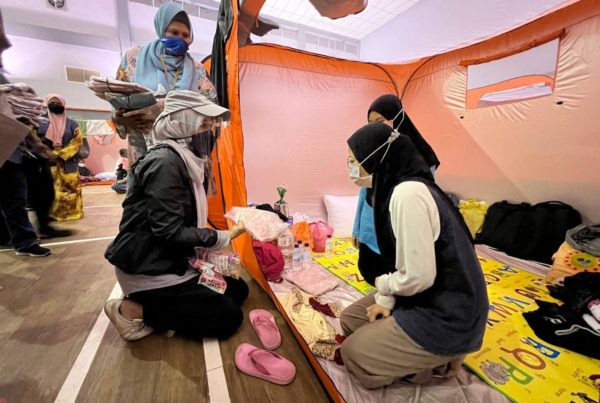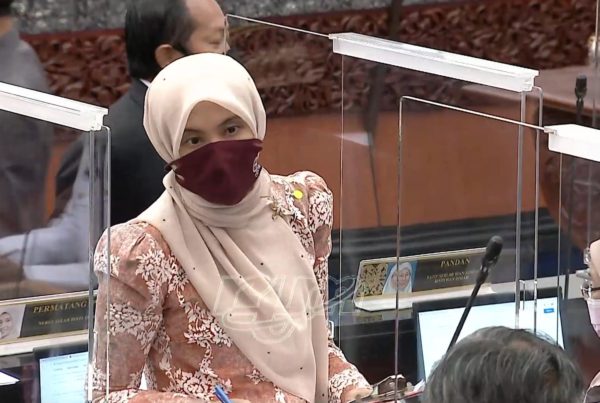Are pedestrian walkways in KL a step in the right direction?
Posted on March 20, 2009 by transitmy
The recent announcement of RM100 million for pedestrian walkways in KL as part of the RM60 billion stimulus package has generated a lot of interest, including these two recent articles in the Star Metro Section as well as articles in the NST Streets section:
Walking back to happiness in KL
DBKL prepared to work with private sector
More covered walkways for the comfort of commuters
The DBKL appears to be committed to the plan, based on a study that originated in the 1970s (and probably has not been updated since).
The idea of creating walkways to facilitate the easy movement of pedestrians captures the imagination and makes it relatively easy to get swept up in the excitement.
Pictures like the one below make people feel that KL is becoming more and more modern
But we have to ask a simple question –
Are skybridges necessary to get people to walk in KL?
Planner Goh Bok Yen seems to think so.
“People generally do not like to walk for more than a thousand metres, especially in our unpredictable weather, but if the walkways are air-conditioned or reasonably comfortable, I am sure many people will be willing to walk more than that distance,’’ he said.
and yet, we know that people in KL walk, especially in the areas that are pedestrian friendly and/or shaded with trees – such as the old city of Kuala Lumpur and areas like Jalan Bukit Bintang.
TRANSIT believes that the skybridges and walkways are not entirely necessary. In fact, we are concerned that the idea is just being used to justify unnecessary construction projects that are cost and energy intensive and will create new sets of problems.
DBKL has built better street-level walkways for the Bukit Bintang, Jalan Tunku Abdul Rahman, Little India and Petaling Street areas. The only thing these areas lack is tree cover.
So why is the DBKL obsessed with elevated walkways and sky bridges?
Any urban resident will tell you that the best way to make the streets cooler and more hospitable for pedestrians is to plant large, shady trees and enhance the urban forest, to reduce the number of cars on the road and to make the roadways and walkways universally accessible.
Does the DBKL proposal consider all of this?
The truth is that building concrete and glass walkways (as shown in the first image) will only generate more heat. Air conditioning outdoor areas, as proposed by Goh, is a waste of energy and would actually generate significant amounts of heat – making the city even more inhospitable.
Then there are the issues of planning and maintenance.
Consider the example of Plaza Masjid Jamek, the multi-million Ringgit roof covering over the space linking the Masjid Jamek LRT stations. 
Plaza Masjid Jamek has slightly more space and a higher roof and better signage as compared to the previous space. However, connections between the stations have not been enhanced (as you can see from the image above). The covered walkway along Jalan Melaka that connected the two stations has actually been removed!
Then there is the covered 500 m walkway between Dang Wangi LRT and Bukit Nanas Monorail station. I wonder if the champions of skybridges know that the escalators at the skybridge over Jalan Ampang have not been working for more than 1 year. Are they aware that the walkway is unlit at night?
 If this is how the DBKL maintains their existing network of walkways, I doubt they will be able to maintain the new ones.
If this is how the DBKL maintains their existing network of walkways, I doubt they will be able to maintain the new ones.
If our goal is to make KL more hospitable, there are better, cheaper, more appealing and more environmentally friendly ways to do it


